 Originally posted by lastdodobird
Originally posted by lastdodobird 
^ What are the most common scenarios when Av could be fooled?
i posted pictures to illustrate my point...
maybe you're not a visual person, so let me explain :ugh:
fireworks picture:
remember that the camera operates in stops, and when you get to the slower speeds, a one stop increase, in real time, a very long time difference.
my camera on matrix metering is giving me a 2 second exposure, but the fireworks last 10-15 seconds
manually bumping my speed up to 10 seconds or so, is only a 2 1/3 stop increase, at night this is hardly enough to blow out the scene
but in REAL TIME, 10 seconds is much longer than 2.
you would have never gotten this picture if you simply relied on your camera to do the dirty work.
candle-light picture
AV cant handle such darkness and only a single candle as the lightsouorce, AV was giving me like 1/6th exposure when that picture is like 10 seconds
the camera only reads reflected light, not ambient light (this is where a hand held light meter comes in handy)
also, lets say you have a scene that has a dark center and bright surrounding area, how is the camera going to meter that? center weighted? spot meter? how are you going to find the balance?


 Similar Threads
Similar Threads 
























